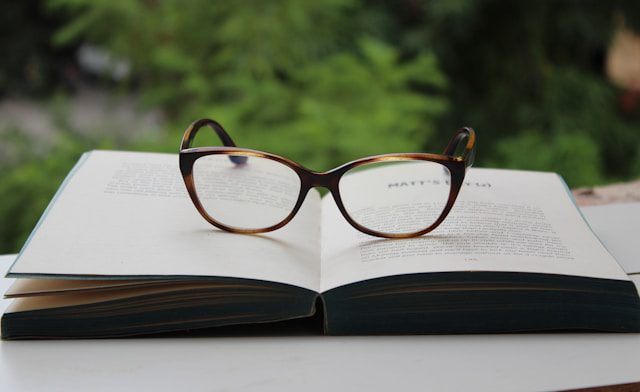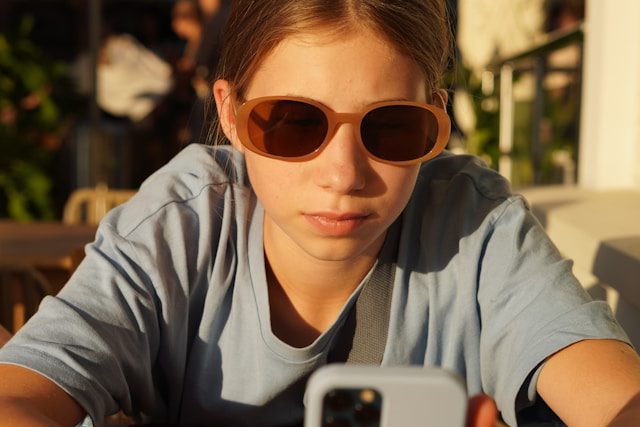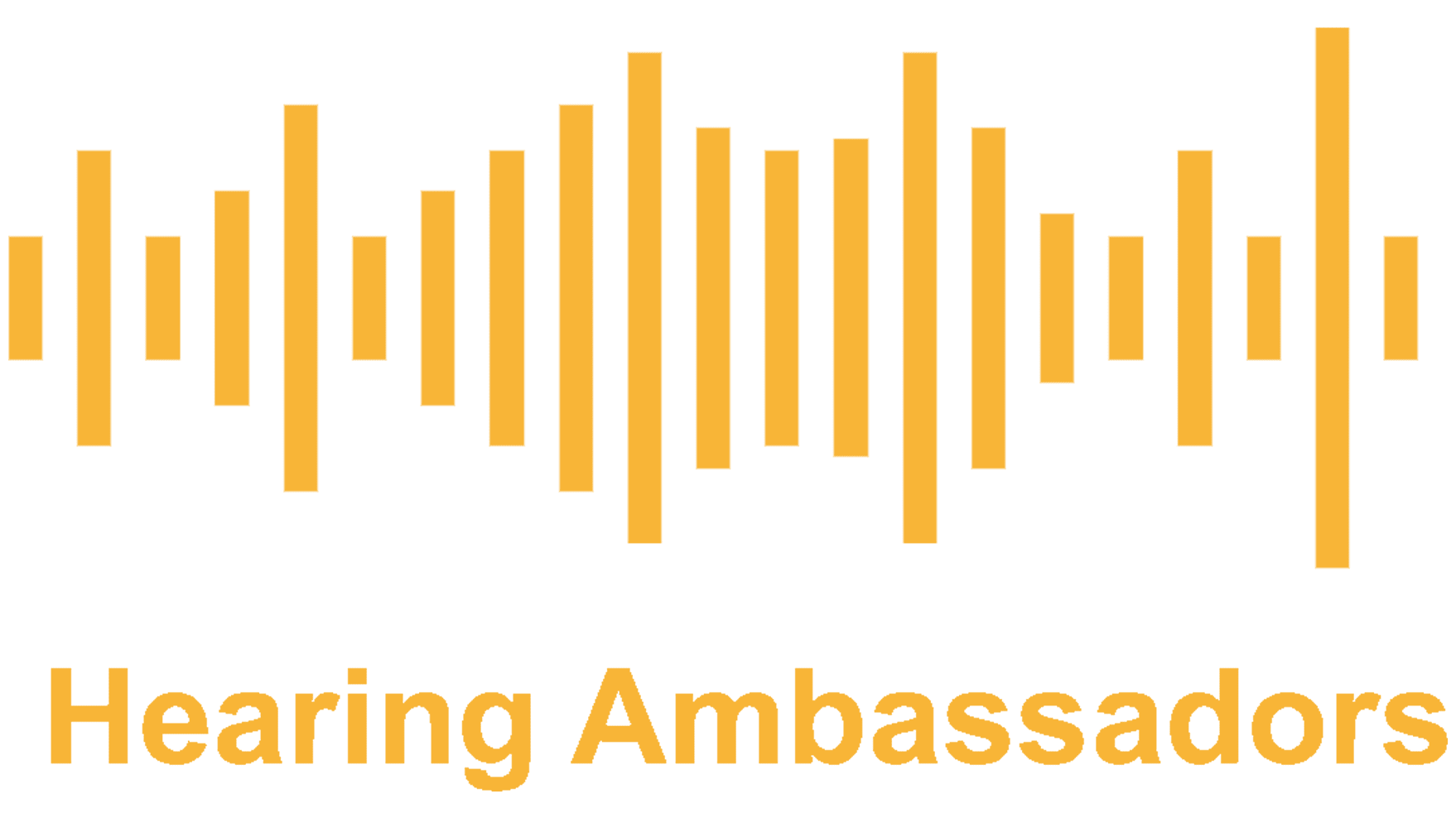“Let me put on my glasses so I can hear you better.” It sounds like a joke—but for many people with hearing loss, it’s surprisingly true. They aren’t trying to hear with their eyes—they’re trying to read your whole face, not just the lips.

We often think of lipreading as watching someone’s mouth, but in reality, the entire face plays a role in how we understand speech. People who are hard of hearing rely on a rich blend of visual cues—from lip movements to eye expressions, eyebrow flicks, and subtle shifts in facial tension. It’s a kind of “face-reading” that goes far beyond the mouth.
The Hidden Clues in Every Expression
One friend told me, “I can’t lipread if someone is wearing sunglasses.” And she’s not alone. The eyes give away so much more than we realise—whether someone is confused, curious, or just joking. Covering them up is like turning off the subtitles.
Understanding speech visually is a lot like reading body language in miniature:
-
A furrowed brow may mean “I’m not sure I understand.”
-
A raised eyebrow can suggest “Really? Are you sure?”
-
A crinkled nose might hint at “That sounds a bit odd to me.”
These aren’t conscious signals—they’re the natural punctuation of everyday conversation. For someone relying on visual cues, they can make all the difference between following the thread or getting lost.

More Than Words: Whole-Face Communication
Here’s what contributes to full-face understanding:
-
Eyes: Direction, attention, emotion, and reaction.
-
Eyebrows: Questioning, emphasis, surprise.
-
Forehead and cheeks: Emotional tone and subtle timing cues.
-
Jaw and neck: Extra support for noticing certain sounds and rhythms.
Take the sentence: “Oh, that’s just great.”
Now imagine it said with wide eyes and a genuine smile—versus narrowed eyes, tight lips, and an eye roll. The words are the same. Reading the whole face changes everything.
Why Visual Clarity Matters
When someone says, “Let me see you properly,” what they mean is: I need the full picture. If you’re in shadow, wearing sunglasses, turning away while speaking, or covering your mouth with your hand, they miss out on vital context.
Even facial hair, masks, or poor lighting can obscure meaning. And while hearing aids and cochlear implants can help, they don’t replace the value of clear, expressive visual communication.
How You Can Help
If you’re talking to someone hard of hearing, try these simple adjustments:
-
Face them directly – and avoid turning away mid-sentence.
-
Speak in good light – ideally with your face clearly visible.
-
Avoid sunglasses – especially in conversation.
-
Use your expressions – they carry as much meaning as your words.
-
Pause occasionally – giving the other person time to process what they see and hear.
You don’t need to over-act or exaggerate—just be natural, open, and aware.

Communication Is More Than Sound
We tend to think of listening as a purely auditory act. But real-life communication is richer than that. We all read the world with our eyes as well as our ears—some of us just rely on that more than others.
So next time someone says they need to put on their glasses to hear you better, smile. It’s not about hearing more—it’s about seeing you more clearly. And that’s what real connection is all about.
Click here to see our other blogs about lipreading and sign language.
For more communication tips RNID is a great place to start

